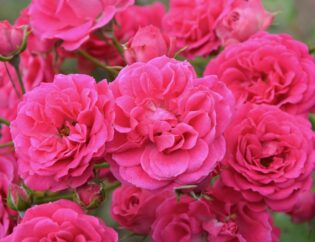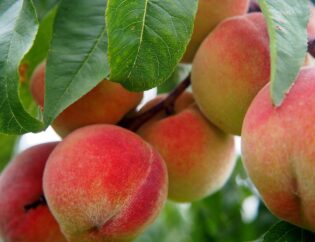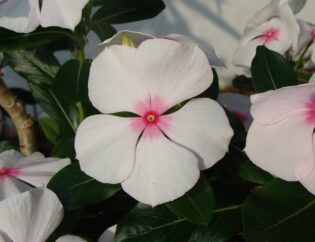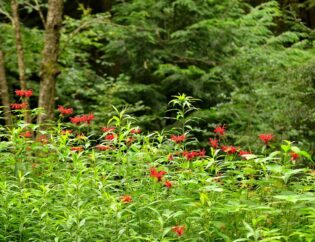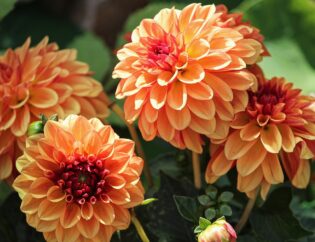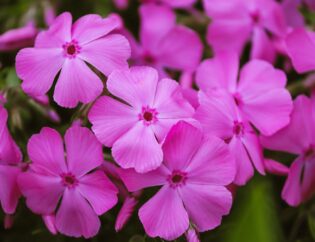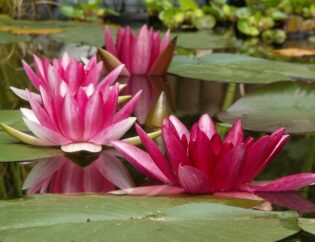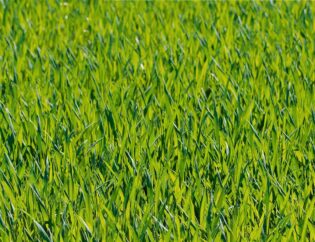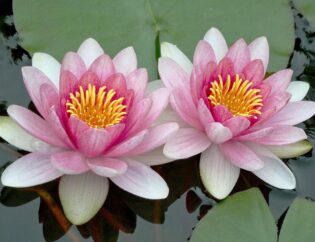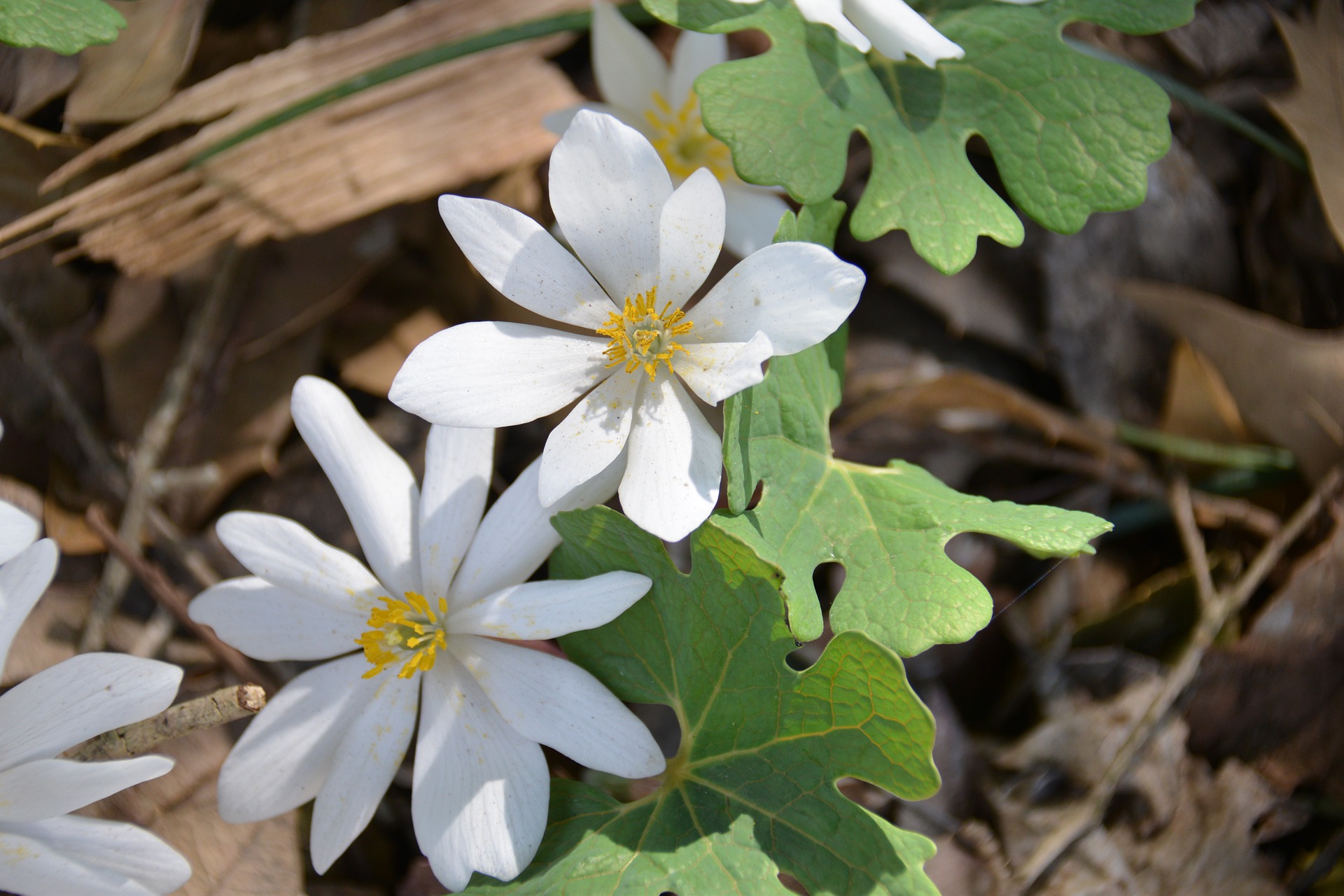
Everyone wants to be greeted by a home that has a beautiful exterior. One of the best ways to add beauty to your front yard is with sustainable and native landscaping. While there are hundreds of flowers and shrubs that you can add to your garden, using native plants helps to preserve biodiversity and keep things low-maintenance.
Here are 11 tips for sustainable and native landscaping that will boost your home’s exterior for years to come.
1. Choose Compatible Plants
Many people think they just aren’t a “plant person” because they struggle to keep plants alive. Where most people go wrong is putting the wrong plants in the wrong area. It’s important to choose compatible plants that are suitable for each area of your yard.
You’ll need to consider things such as light, water availability, soil quality, exposure to wind, and other factors. You can’t expect a full sun plant to thrive in an area that is mostly shaded. Be mindful of where you’ll be planting and choose compatible plants for a successful garden.
2. Plan Year Round
Just as there are plants for every part of your landscape, there are plants for different seasons as well. Maintaining your home’s exterior beauty extends well beyond the spring and summer.
Winter is a long time to stare at an empty backyard. Plan for native plants that bloom one after another. You can then add perennial grasses that look great, even when dormant!
3. Edge for Clean Lines
Many native plants have an organic, unstructured aesthetic that can make your garden look unkempt and a little unruly. Use edging to add clean, defining lines.
There are many ways to edge your garden, including:
- Gravel borders
- Paving bricks
- Wooden or rubber garden edging
Being able to see where your garden ends and the grass begins is much more visually appealing.
4. Work Around a Focal Point
All spaces need a focal point, and your landscape is no exception. When planning your landscape, work around an arbor, a tree, landscaping boulders, or another creative choice.
Focal points are a great way to add a unique element to your garden while also clarifying the space. By placing focal points throughout your landscape, the eye is directed to focus on an interesting piece. This then guides the eyes further into the landscape.
5. Include a Path
A luscious green landscape is wonderful to look at, but it’s also nice to have contrast. Paths and walkways contrast with green space. They also add structure and functionality. Paths and walkways are also useful to define a border or as edging.
With a designed path, you don’t have to worry about foot traffic damaging your grass or plants. Be aware that some plants will seed in the fall and multiply to fill out the space in the spring. Avoid trampling the delicate seedlings as they establish.
6. Add a Variety of Textures
Texture is defined as fine, medium, or bold. Having a mixture of textures makes your landscape visually appealing.
Fine texture plants are wispy and delicate. Place them in broad groups for impact. Bold texture plants have wide, strong leaves and flowers that steal the show. Think hostas, lilies, or sunflowers.
Medium texture plants fall somewhere in the middle.
7. Group Generously
Native landscaping looks more natural if 2-4 species are arranged in sweeps. Avoid the common mistake of planting linearly and instead plant in clusters. This mimics the way the plants are arranged in nature, and makes the landscape look more natural.
8. Keep Height in Mind
Plants shouldn’t be placed willy-nilly. There’s a method you’ll want to follow for visual acuity. While plants may be small now, read the labels and plant accordingly.
Short plants should go to the front of the viewing area and tall plants should be located in the back. Otherwise, as the plants grow, smaller ones are lost under the taller ones. They won’t get the light they need nor will they be able to be seen and enjoyed.
Sometimes height is desired for privacy or for obscuring an unsightly view. In other landscapes, height is kept low to protect a scenic view. Visualizing the goal and researching plants will go a long way towards getting great results.
9. Plant Wildflowers
Wildflowers attract and provide habitat for wildlife, including bees, butterflies, and birds. Wildflowers are not only beautiful to look at, but many species self-seed year after year, which means minimal maintenance. For a thorough guide to Georgia’s wildflowers, look to the University of Georgia Extension’s guide here.
10. Weed Before Starting
As tempting as it can be to get your plants in the ground, weeding is the first step in a healthy landscape. You can save a lot of headache by spending time properly clearing the ground before planting.
This is especially important if seeds are being used to re-plant the area. After all, it can be difficult to tell a weed seedling from a desirable one, especially when seeding mixes like wildflowers.
11. Be Intentional With Color
Landscapes shouldn’t be one dimensional. One of the best ways to make your garden look amazing is by using complementary color combos. Consider options such as purple and yellow or orange and blue. Additionally, inspiration is available in botanical gardens and nurseries.
We’re Georgia’s Landscaping Experts
With these tips and tricks, you can create sustainable and native landscaping that looks great for years to come. But, maybe you’d prefer to hire it out and keep your weekend? Here at Atlanta Turf & Tree, we’ve been specializing in building beautiful, lasting landscapes for Georgia clients since 2007. Contact our landscaping services experts to get started on your project.
